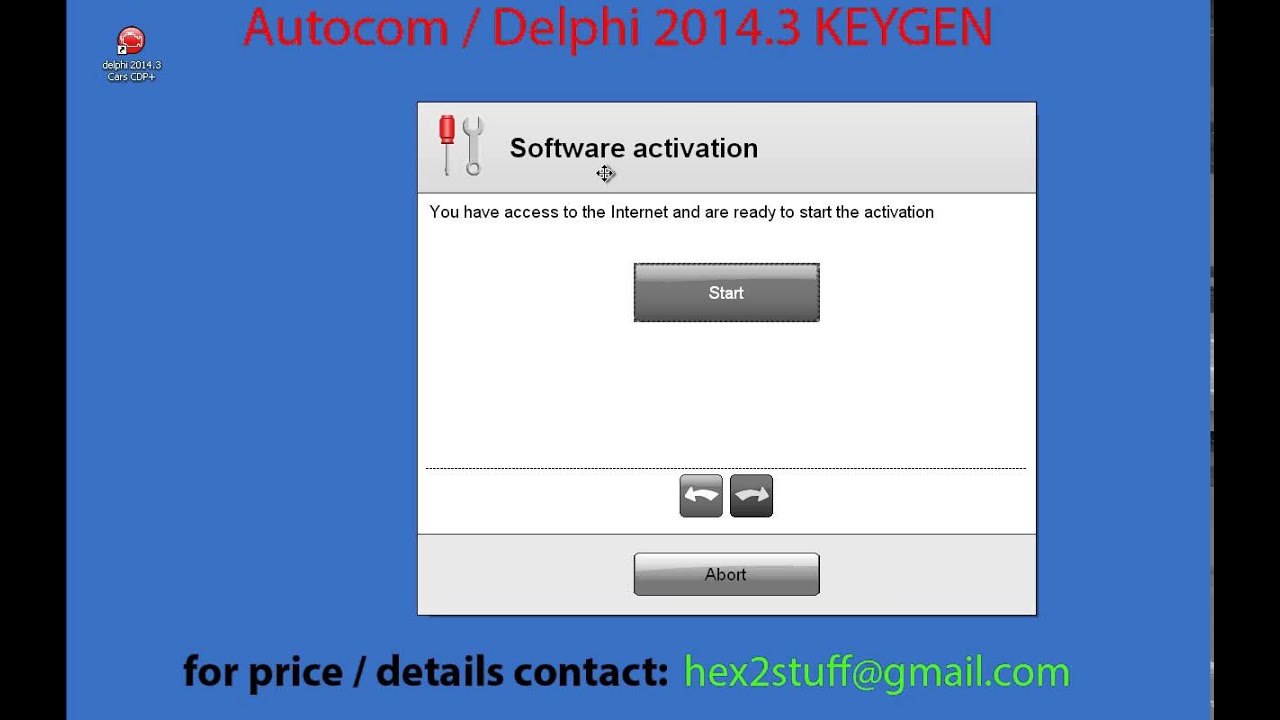
- Iphoto library manager 4 serial how to#
- Iphoto library manager 4 serial for mac#
- Iphoto library manager 4 serial full size#
- Iphoto library manager 4 serial archive#
Iphoto library manager 4 serial for mac#
One of the more interesting features of Photos for Mac is its ability to not store my entire photo library on my Mac’s drive. Requires macOS 10.15 or later ♽ocumentation.'PowerPhotos was just what I needed… Two features make it a must-have: merging multiple Photos libraries into one, and finding duplicate photos' – Bob LeVitus, MacObserverĭownload Free Trial

Video tutorial: Remove duplicate photos in Photos for Mac – Tech Talk America 'PowerPhotos is an extremely useful addition as an enhancement for any Photos user trying to perform tasksthat fall outside of Photos restricted purview.' – Macworld If you have a lot of existing iPhoto or Aperture libraries that you want to migrate over to Photos, PowerPhotos will help automate your migrations so you don't have to spend time babysitting this lengthy process.
Iphoto library manager 4 serial how to#
Migrate your iPhoto/Aperture libraries How To Split Photos Library Mac Os View detailed photo information using List View, and search for photos across all your libraries at once. Use PowerPhotos' image browser to quickly view your photos without having to open Photos itself. How To Split Photos Library Mac Pro Browse and search

Use PowerPhotos to find duplicate photos in one or more libraries, view them side by side, and separate them into albums where you can easily delete them from your library. It's easy to have multiple copies of the same photo creep into your photo collection over time. You will be shown a preview of what your merged library will look like before any modifications are done, to ensure your merged library looks how you want. Got a whole bunch of libraries you want to consolidate into one? PowerPhotos lets you merge your libraries together while weeding out duplicate photos in the process. Read more about what PowerPhotos can copy. PowerPhotos will take care of copying the photos and retaining their metadata, including keywords, descriptions, titles, dates, and favorite status. You can split your library by copying albums and photos with a simple drag and drop.
Iphoto library manager 4 serial archive#
Splitting your photos between multiple libraries helps Photos open more quickly, lets you archive older photos, store some of your collection on an external hard drive, and reduce storage space used by iCloud Photo Library. Instead of being limited to putting all your photos in a single library, PowerPhotos can work with multiple Photos libraries, giving you many more options for how to organize your ever growing photo collection. PowerPhotos works with the built-in Photos app on your Mac, providing an array of tools to help you get your photo collection in order. The ultimate toolbox for Photos on your Mac The original image files will be stored in iCloud, and if the Mac needs to free storage, iCloud Photo Library will remove older originals and keep only the thumbnails stored locally. Alternately you could enable iCloud Photo Library for the library on your internal drive, with 'Optimize storage'. This method will only make the Library folder visible, and only for as long as you keep the Finder window for the Library folder open. You can access the hidden Library folder without using Terminal, which has the side effect of revealing every hidden file on your Mac.

How to Unhide the Library Folder the Apple Way. Click this and label your alternate library. Next to “Choose Library” you should see an option that reads “Create New”. You should see “Photos Library” (or whatever you might have named it when you set up Photos) as the only option. This will launch a dialogue box that asks you to choose a library. Unfortunately, while this preserves the current state, it exports.
Iphoto library manager 4 serial full size#
Choose File Export number Photos, pick a format, and click the expansion triangle, then select Full Size from the Size menu. As the Photos program starts, the Choose Library. To point the program to the library’s new location, hold down the Mac’s Option key and click the Photos app icon in the desktop dock to start it up.



 0 kommentar(er)
0 kommentar(er)
